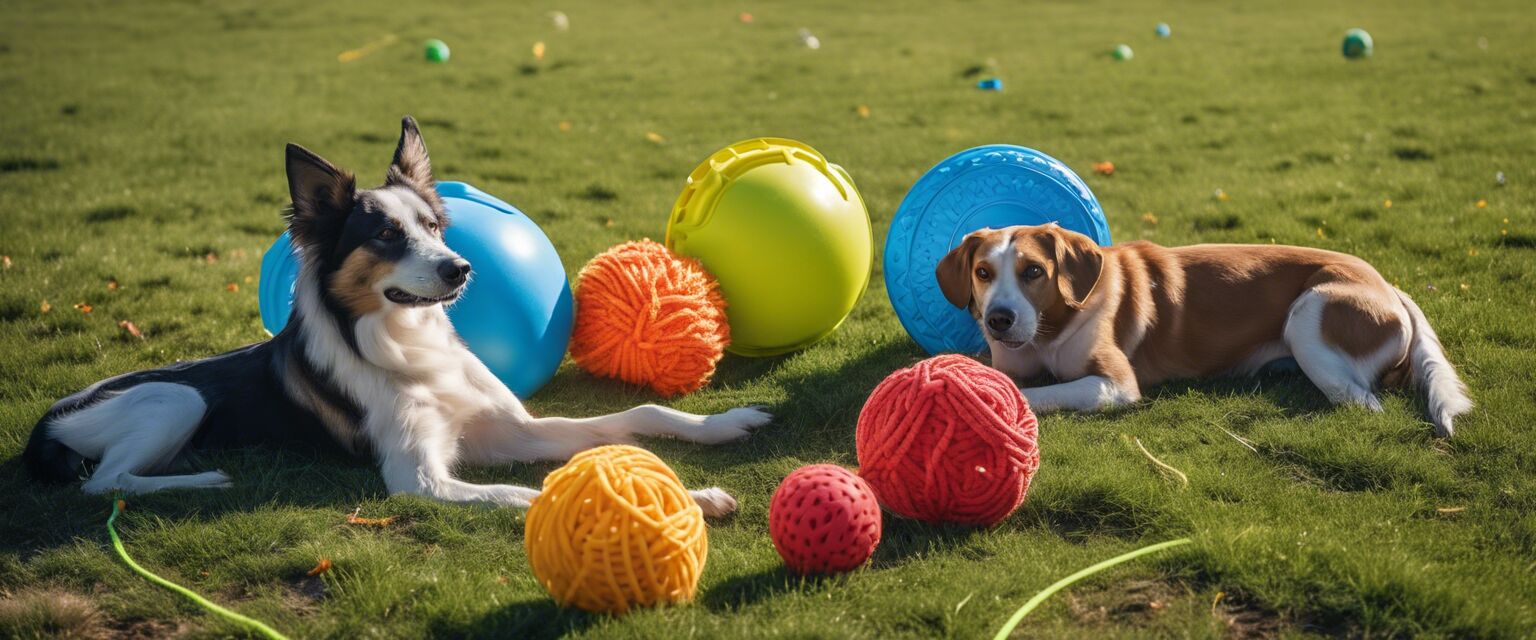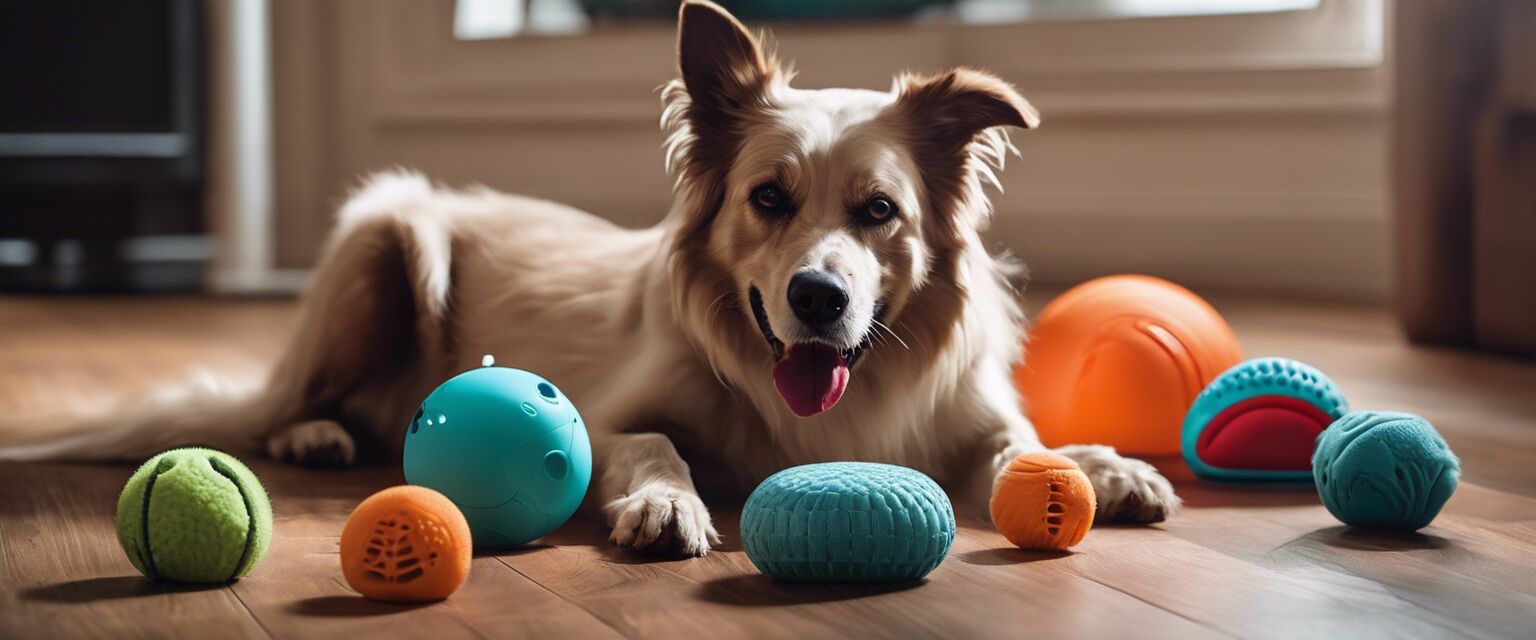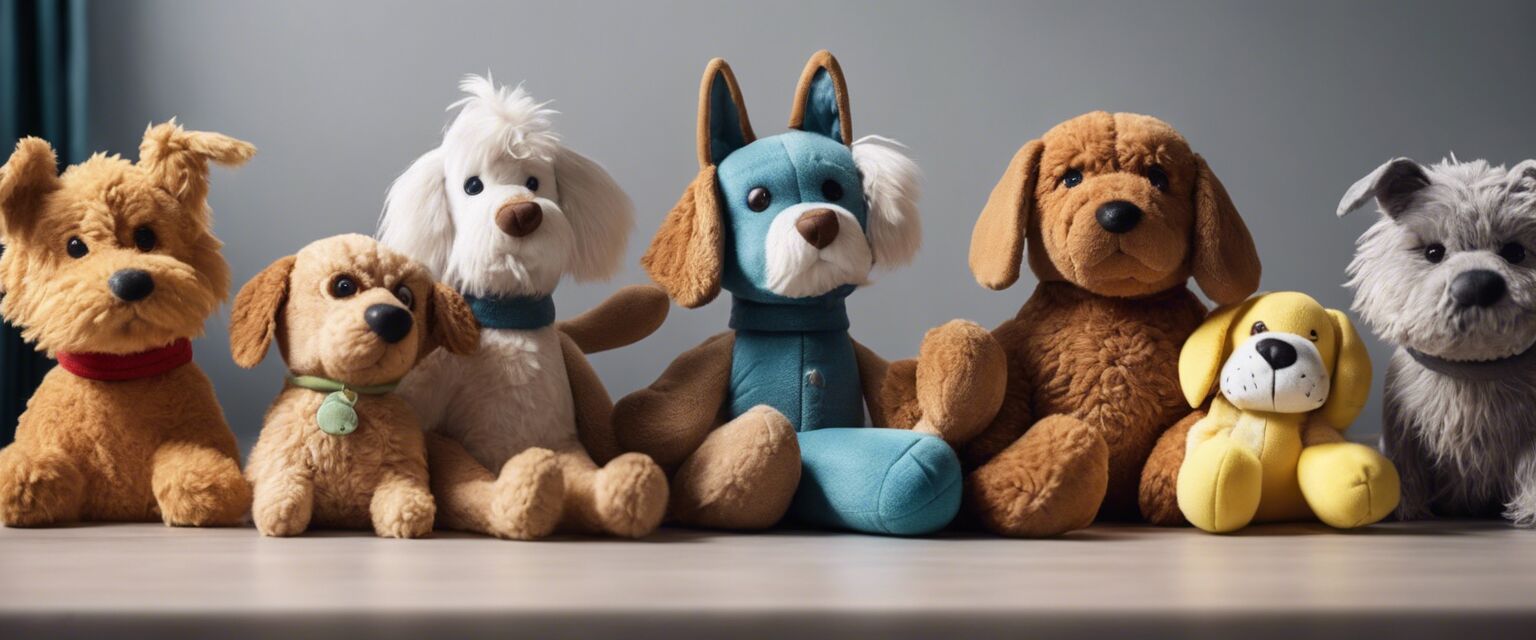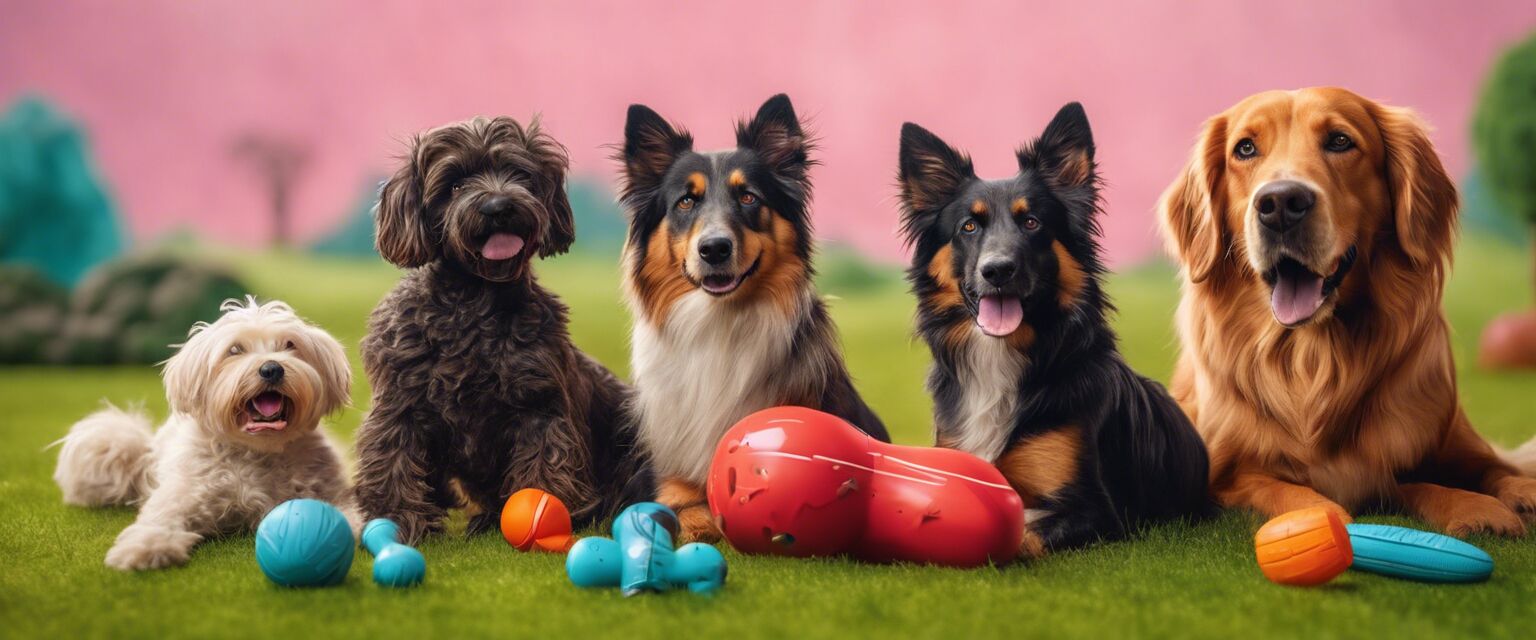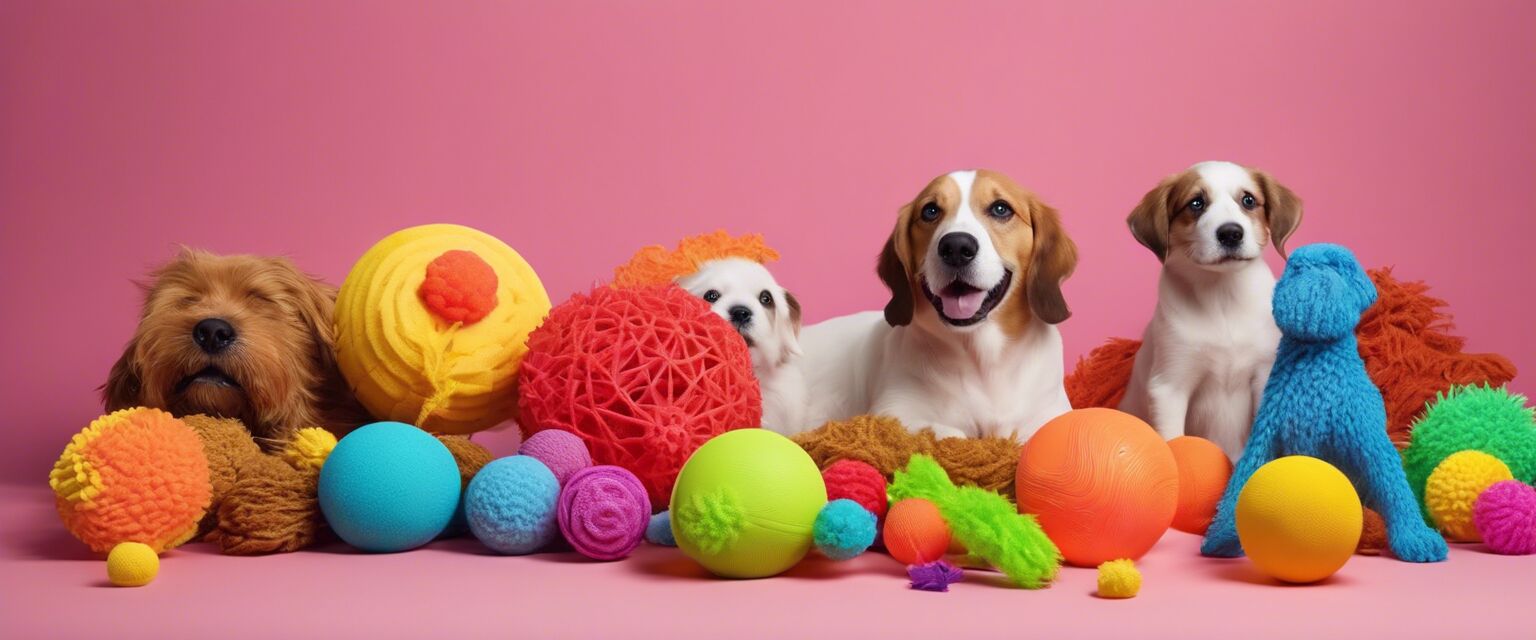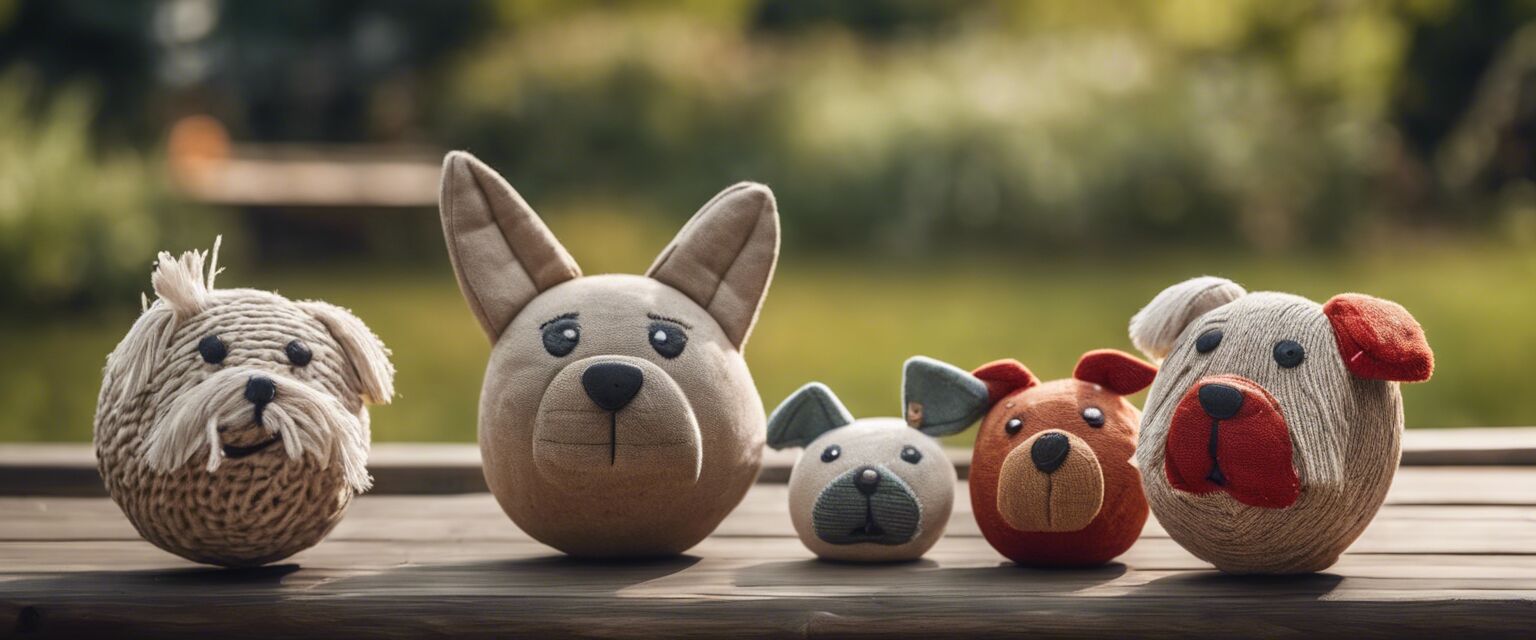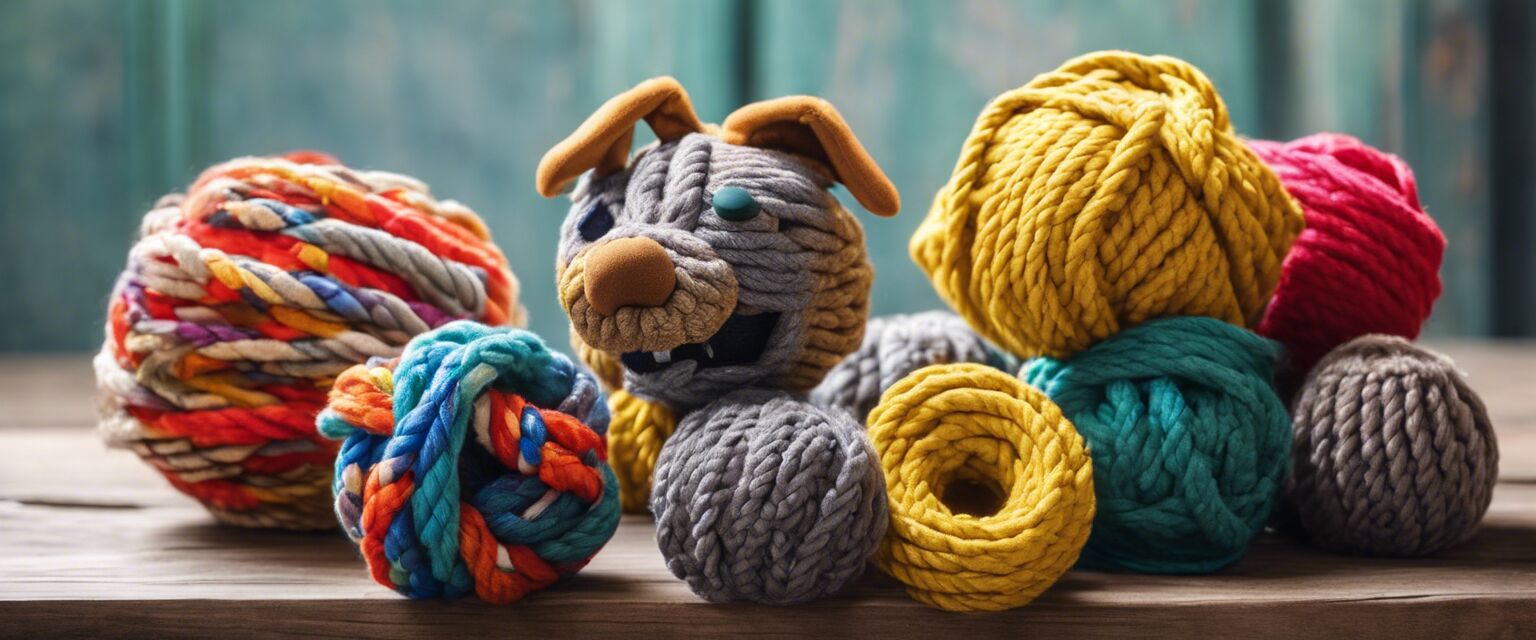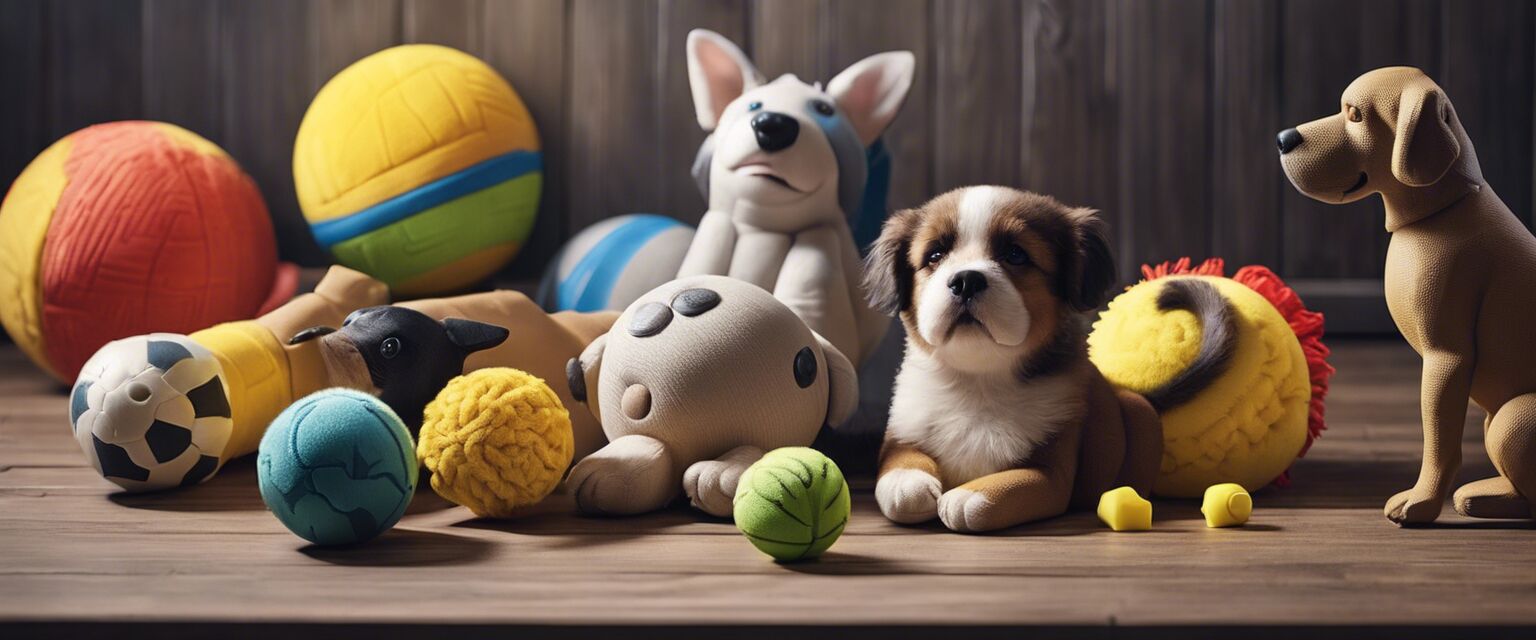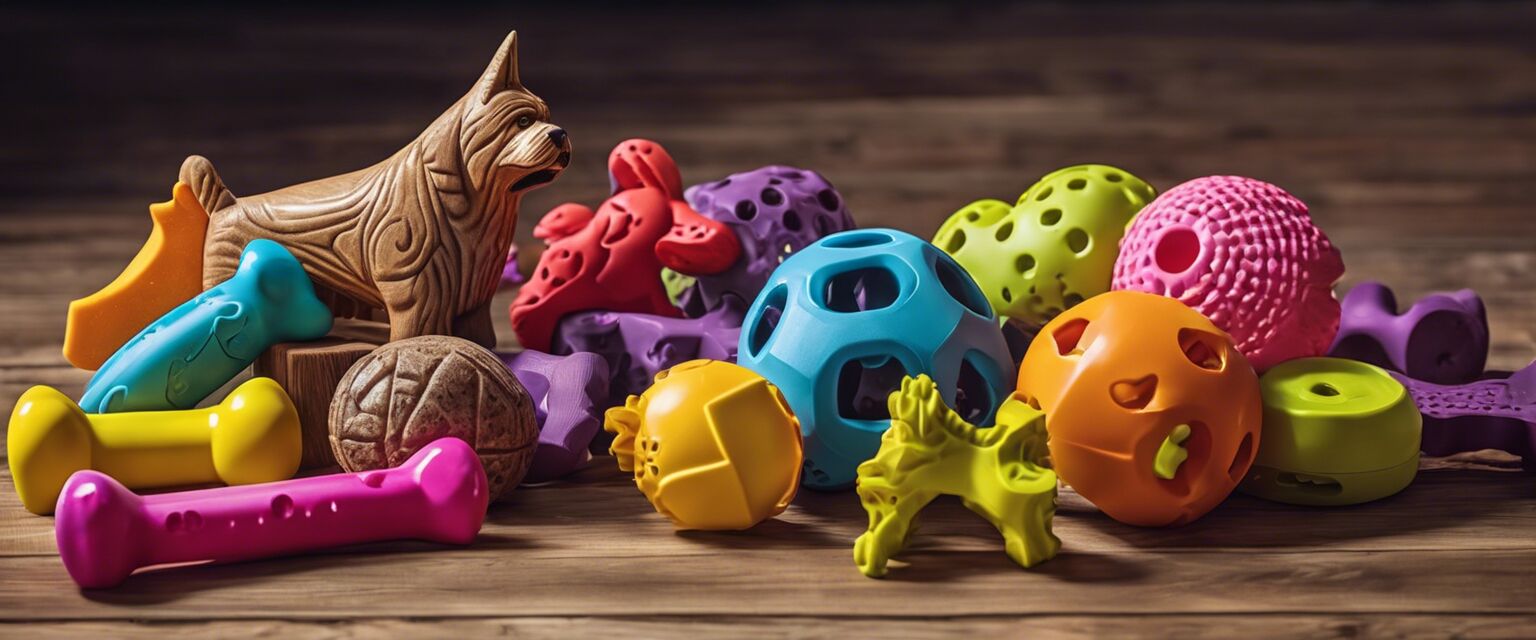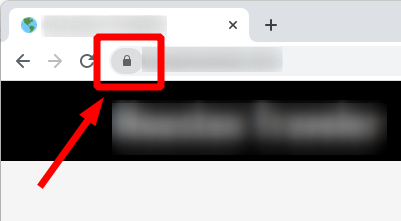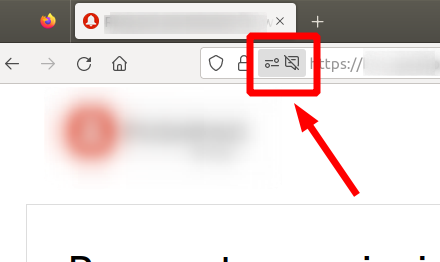
Puzzle Toys for Dogs
- Puzzle toys provide mental stimulation for dogs.
- They can reduce boredom and destructive behavior.
- Different types of puzzle toys cater to various dog sizes and intelligence levels.
- Regular use of puzzle toys can improve your dog's problem-solving skills.
Puzzle toys for dogs have gained immense popularity among pet owners, and for a good reason. These engaging toys not only keep our furry friends entertained but also provide essential mental stimulation. As dogs are intelligent creatures, they thrive on challenges that stimulate their minds. In this article, we will explore the various aspects of puzzle toys, including their benefits, types, and tips on how to choose the right one for your dog.
What are puzzle toys?
Puzzle toys are specially designed to engage dogs in problem-solving activities. These toys encourage dogs to think creatively and use their natural instincts to access treats or toys hidden inside. They come in various shapes, sizes, and difficulty levels, making them suitable for dogs of all ages and breeds.
Benefits of puzzle toys
| Benefit | Description |
|---|---|
| Mental stimulation | Puzzle toys challenge dogs, keeping their brains active and engaged. |
| Reduced boredom | They help prevent boredom-related behaviors such as excessive barking and chewing. |
| Improved problem-solving skills | Regular engagement with puzzle toys enhances your dog's ability to solve problems. |
| Bonding time | Puzzle toys can be a fun way to interact with your dog, strengthening your bond. |
Types of puzzle toys
Puzzle toys come in various forms, catering to different preferences and skill levels. Here are some popular types:
- Interactive feeders: These toys encourage dogs to work for their food, promoting slower eating habits.
- Hide-and-seek toys: Dogs must figure out how to extract hidden toys or treats from within.
- Sliding puzzles: These require dogs to slide pieces to reveal hidden treats.
- Kong-style toys: These can be packed with treats or peanut butter, keeping dogs occupied as they try to lick them out.
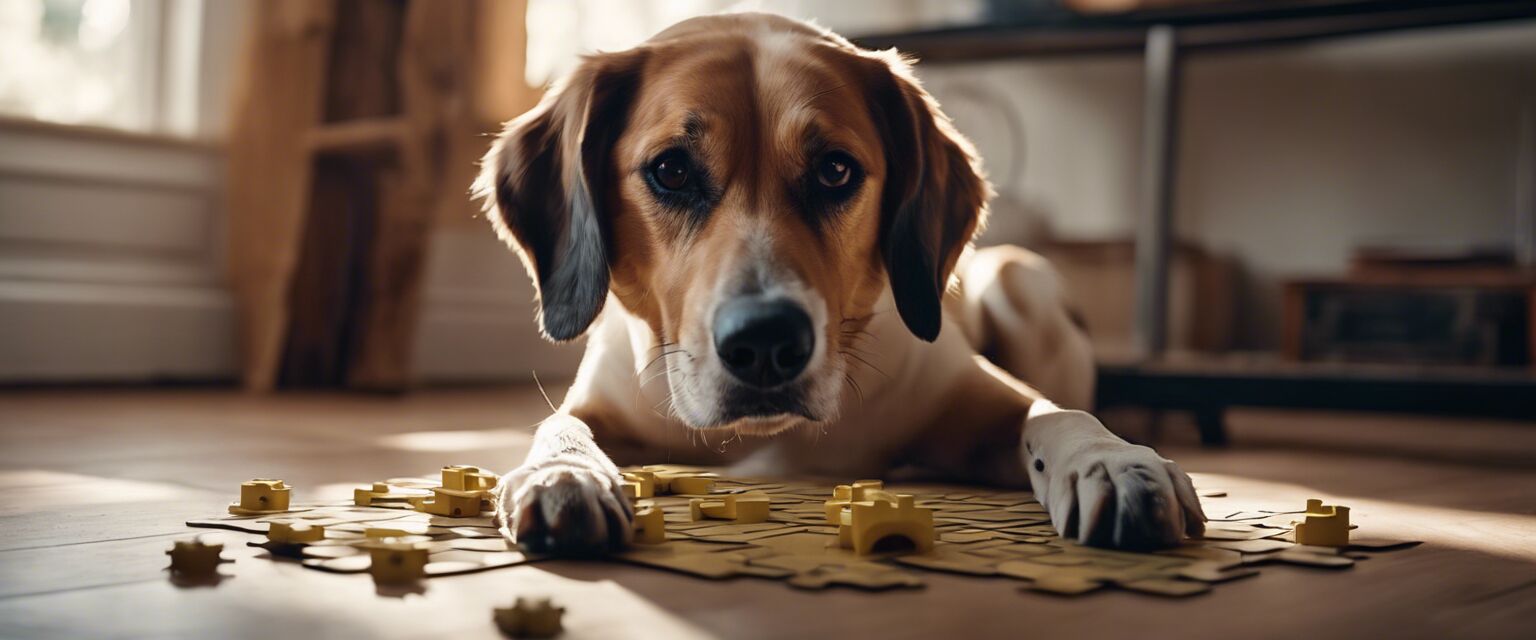
How to choose the right puzzle toy for your dog
Choosing the right puzzle toy can be a daunting task, especially with the variety available in the market. Here are some tips to help you select the best option:
Tips for Beginners
- Consider your dog's size: Ensure the puzzle toy is appropriate for your dog's size to prevent choking hazards.
- Start easy: If your dog is new to puzzle toys, begin with simpler options to build confidence.
- Check durability: Look for toys made from sturdy materials to withstand chewing.
- Rotate toys: To maintain your dog's interest, rotate their puzzle toys regularly.
Popular materials used in puzzle toys
| Material | Pros | Cons |
|---|---|---|
| Plastic | Durable, lightweight, easy to clean | Can be chewed and damaged by aggressive chewers |
| Wood | Natural, sturdy, aesthetically pleasing | May not be suitable for wet environments |
| Rubber | Flexible, durable, often has a fun bounce | Can be heavy and may not float |
How to introduce your dog to puzzle toys
Introducing a puzzle toy to your dog should be a gradual process. Hereâs how to get started:
- Choose a simple puzzle toy that matches your dog's ability level.
- Show your dog how it works by demonstrating the puzzle.
- Encourage your dog to engage with the toy by adding treats or their favorite food.
- Be patient and provide praise as your dog learns to solve the puzzle.
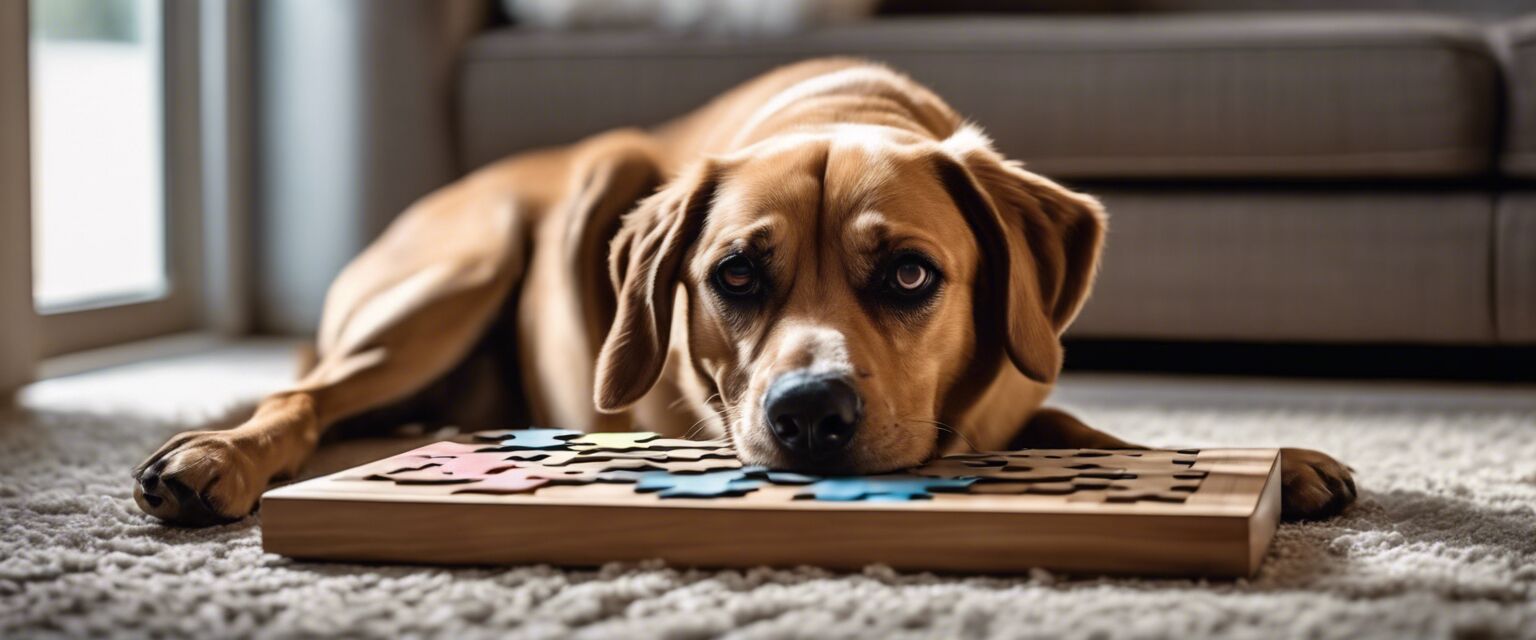
Common questions about puzzle toys
Are puzzle toys safe for all dogs?
Most puzzle toys are designed with safety in mind, but it's essential to choose an appropriate size and material for your dog. Always supervise your dog when introducing a new toy.
How often should I use puzzle toys with my dog?
You can use puzzle toys daily, but itâs a good idea to rotate them to keep your dog engaged and interested.
Can puzzle toys replace regular exercise?
Puzzle toys should complement regular physical exercise, not replace it. A mix of mental and physical activities is best for your dog's overall health.
Pros
- Encourages mental engagement
- Reduces boredom and anxiety
- Improves problem-solving skills
- Fun bonding activity for owners and pets
Cons
- Some dogs may lose interest quickly
- Not all toys are suitable for aggressive chewers
- Can be challenging for very young or elderly dogs
Conclusion
Puzzle toys for dogs are an excellent way to keep your pet mentally stimulated and entertained. By choosing the right type and allowing your dog to engage with these toys regularly, you can enhance their problem-solving skills and reduce boredom. Remember to supervise your dog during playtime and rotate toys to maintain their interest. For more information, explore our sections on interactive toys or chew toys.
